10 Crazy Facts You Didn't Know About Marvel Comics
Of all the things fans should know about the publishing powerhouse, here are ten facts most don't know about Marvel Comics that are complete bonkers.
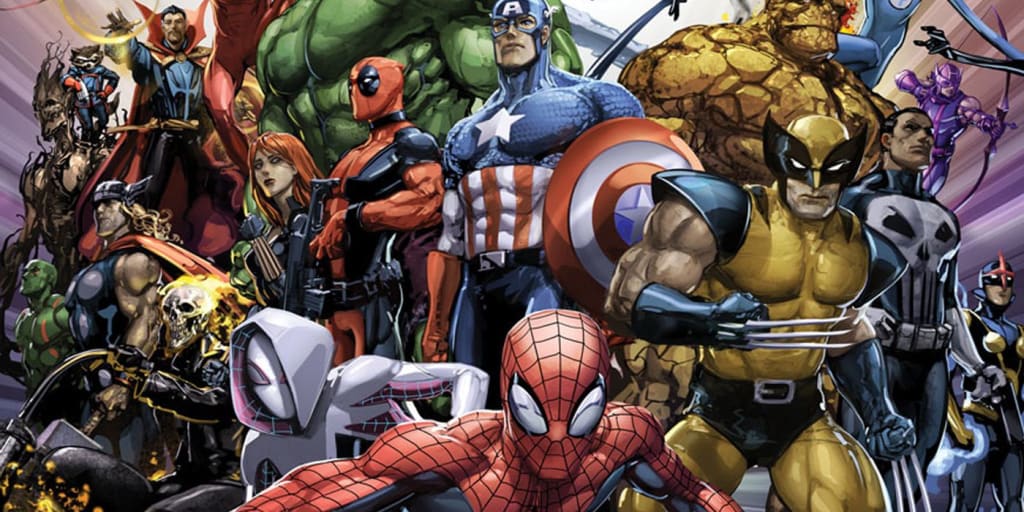
There is no arguing that Marvel is one of the biggest comic book publishers in the world. They are a powerhouse when it comes to telling extraordinary tales of heroes and villains. These stories are full of wondrous things that are the stuff dreams are made of, and the content can range from the ridiculous to what can only be considered somewhat insane. But of all the crazy things Marvel has put into their infamous tales, nothing compares to what has happened outside of the comics. Of all the things fans should know about the publishing powerhouse, here are ten facts most don't know about Marvel Comics that are complete bonkers.
There Was An Outright Ban on Werewolves
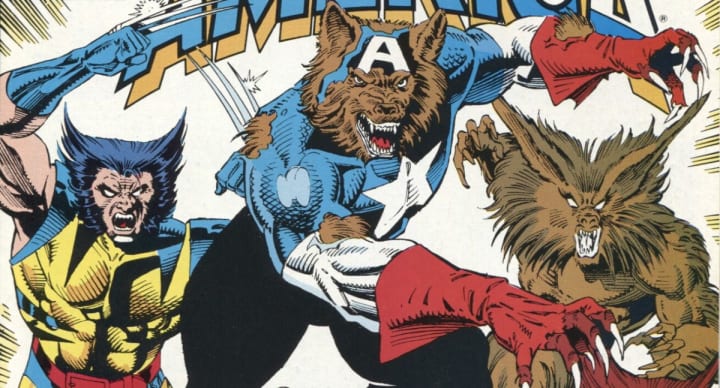
In 1954 The Comics Code of Authority was established to help make comics more family-friendly and contain more kid-friendly material. They really wanted to cut down on the violence and gore that was taking up space in the glossy pages of the comic books. This also resulted in Marvel comics having to excommunicate werewolves. The famous publisher was forced to ban these terrifying creatures. This bizarre inclusion into their just cause was mainly because they wanted to discourage the horror genre altogether.
Luckily for all of those diehard werewolf fans out there, in 1971, the ban was eventually lifted on the classic monster of the horror genre. The catch was to utilize these creatures they had to relate to classic literature from the likes of Edgar Allan Poe and Sir Arthur Conan Doyle, among others. Once the shackles came off, however, there was a slue of werewolf related stories released. One even included famous Marvel character, Captain America, turning into Cap-Wolf in the early '90s.
One of Their Prominent Artists Was a Magician, Fire Eater, And Thief
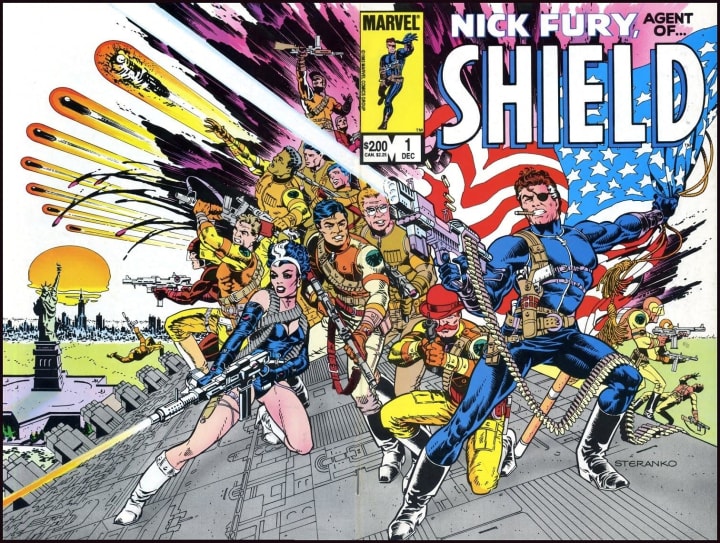
The 1960's comic Nick Fury, Agent of S.H.I.E.L.D., was a significant series that contained the source material that would inspire several movies, and T.V. shows later on down the line. The illustrations in that series were completed by one of Marvel Comic's most influential and revered artists. Jim Steranko was excellent at his job, and fans everywhere have enjoyed his work for decades. But drawing great pictures for comic book panels was not his only line of expertise.
Steranko was also really into magic and was himself a decent magician. He was considered an amateur Houdini enthusiast who would put on shows involving live burials and other death-defying examples of the art of escapology. Among his many talents, he was also a fire eater and a thief. He stole guns, cars, and trucks and, at one point, was arrested for these law-breaking deeds. This Marvel Artist's life can only be described as being stranger than fiction.
Marvel's Founder Narrowly Escaped Dying in the Hindenburg incident
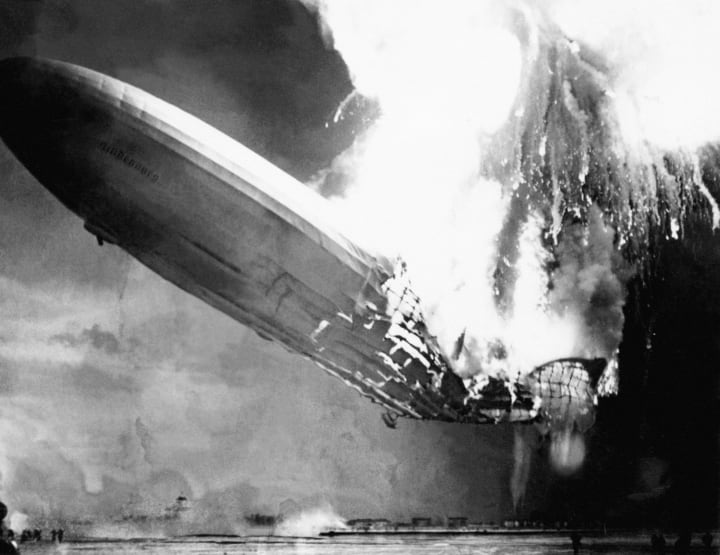
Martin Goodman created Timely Comics in 1937. In 1951 this organization became known as Atlas Comics until finally, in 1961, it became the Marvel Comics. And in the modern era, this entity has become one of the world's most famous publishers of comic books. But there was almost a chance Mr. Goodman could have died months before the start of Timely Comics, thus meaning that Marvel would have never existed.
Goodman was returning from his honeymoon when he planned to take the Hindenburg back to the United States. He was late in securing tickets resulting in not being able to obtain a seat next to his new bride. Instead, the new couple was forced to take a plane. The Hindenburg infamously crashed, killing 35 people. There was almost a chance the man behind Marvel would have been on that tragic ride with no superheroes to save him and his spouse when it all went down. Talk about dodging a bullet.
The Transformers Universe Was Created With the Help of Marvel
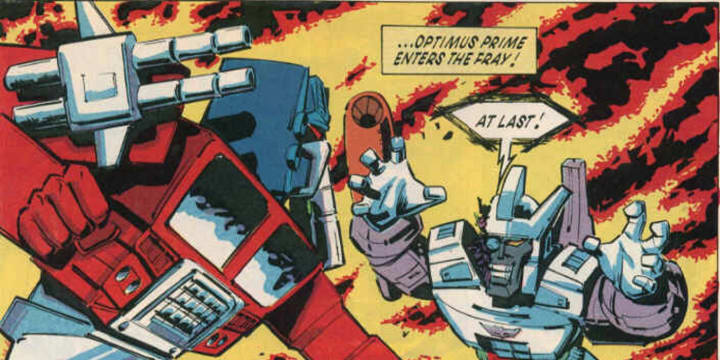
Marvel Comics are famous for creating extraordinary characters and surrounding them in narratives that push the boundaries of storytelling, resulting in a truly unique experience for readers of all ages. So it makes sense that big-name companies like Hasbro would reach out to the publishing powerhouse when it needed help with its newest acquisition, The Transformers. They purchased the rights to these vehicles that turned into giant robots from a Japanese company called Takara in the 1980s and needed to repackage them for sale in the U.S.
So Hasbro sought out Marvel editor-in-chief Jim Shooter. Shooter called upon writers Bob Budiansky and Denny O'Neil to solve this robotic conundrum. O'Neil came up with the idea for Optimus Prime, the leader of the good-guy Autobots. And Budiansky created his arch-nemesis and leader of the Decepticons Megatron. Shooter then put together a treatment of eight pages in length, outlining the rivalry between the two factions, the back story, and a short breakdown of the character's personalities. This just goes to show how good Marvel is at its job.
One Famous Marvel Artist Later Turned To Pornography
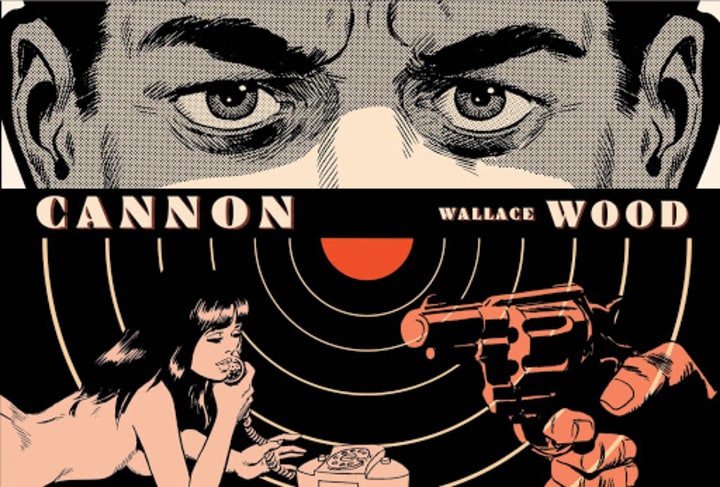
Daredevil is one of Marvels' most popular masked vigilante's in all of comics. The blind lawyer by day and ninja warrior by night has been adapted into movies and television shows. The man behind the character's infamous design and iconic red suit is none other than popular Marvel artist Wally Wood. While he is known in many circles for his accomplishments in the glossy pages of comic books, he is also known for drawing some X-rated materials.
During the illustrators twilight years, he assumed a different identity. He would go by the pen name Wallace Wood and utilize his talents for pornography. He would draw graphic narratives involving such innocent characters like Disney's Snow White and the Seven Dwarfs. He also put something together called Disneyland Orgy, which pretty much speaks for itself in the title. When Disney bought Marvel in 2012, it would appear that they had forgotten all about Wood's naughty drawings
Secret Sex Easter Eggs
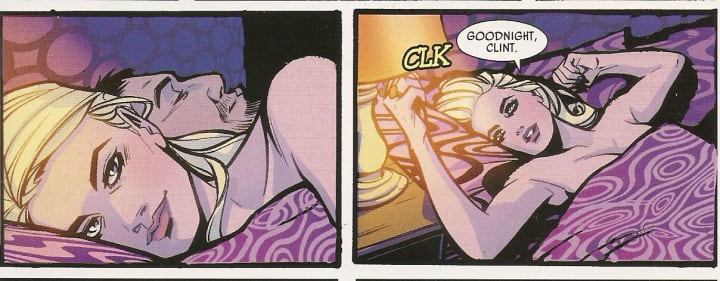
In comic book movies, eagle-eyed fans are always on the lookout for Easter Eggs. These are nods to the comics in which the motion picture's story comes from. But even the comics themselves contain them. The writers and illustrators would leave fun things for readers to find in certain issues. This added to the comic experience. But not every one of these fun little secrets was of the family-friendly variety. Some were a bit, shall we say, risqué.
There is one great example of this being found in New X-Men No. 118. Concealed within the comic panels of this fantastic mutant story is the word sex. And it is not just seen once or twice, or even three times. The fornication designation can be found 18 times throughout the tale. Artist Ethan Van Sciver did this to have a bit of a laugh at Marvel's expense. These Easter Eggs are more enticing than the publisher probably hoped for.
The Comic Publisher Owned The Word Zombie
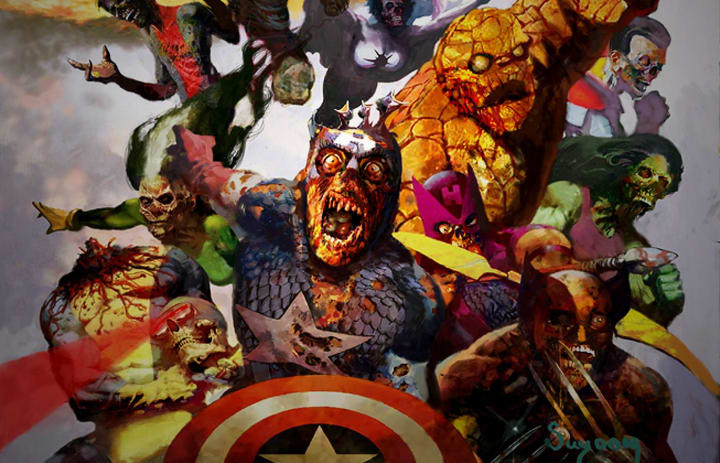
When Marvel published Tale of the Zombie in 1973, they attempted to trademark the term zombie for use in their stories. After two years, Marvel was officially given the trademark. This was an excellent thing for the publisher and the Tale of Zombies series, or so one would think. But unfortunately, this endeavor was too little too late. Tale of the Zombie, the whole reason behind the mission for the trademark was on its way out. The infamous undead tale was destined for the chopping block.
Even though Tale of the Zombie's tenure did not last, Marvel kept its grip on the word describing cannibal corpses for 23 years. In 1996 the popularity of these undead beings was at an all-time high, making it nearly impossible for Marvel to enforce the trademark. Instead of dealing with this massive headache, they trademarked Marvel Zombies instead with a document attached stating that no claim is made to the exclusive right to use the word zombie or zombies.
An Artist's Resignation letter Was Published Accidentally
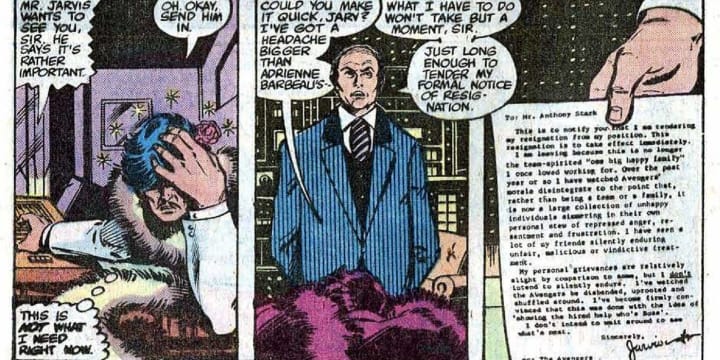
It is not standard operating procedure at Marvel to publish a letter of resignation for one of its employees in a comic book bound for the shelves to be sold. But it has happened. Marvel artist Dave Cockrum resigned due to his claims that the family atmosphere at Marvel was gone and that the companies treatment of individuals was unfair and even downright malicious. All of this was outlined in the letter he sent in to inform the company he was quitting, which was then mistakenly put into one of their stories.
The resignation message ended up in Iron Man No. 27. In this narrative, Tony Starks butler Jarvis has decided he has had enough of his employers drunken antics and officially wants out. The only changes made to the letter in the comic book are that the word Marvel is switched with the name Avengers. In Iron Man No. 30, three issues later, writer David Michelinie claims that this went down because of a production error. Still, in reality, no one really knows for sure how it ended up in there.
Iconic Artist Steve Ditko Sliced and Diced Famous Marvel Artwork
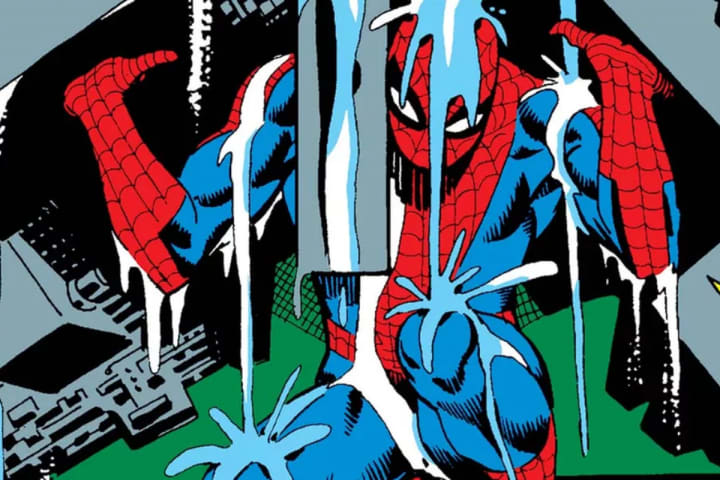
Some consider Steve Ditko to be one of the greatest comic book artists of all time. He is a great talent within the industry and is the first person to pencil the infamous Spider-Man. So Ditko believed that he owned the original artwork of the famed wall-crawler, but Marvel thought differently. The publishing powerhouse felt it was the sole owner of the designs. After years of legal battles, Marvel caved and gave the artist their artwork back as a gift, which meant money and royalties were not a factor. Ditko didn't like this at all.
In retaliation of what he believes was a smack in the face from his former employers, he grabbed a blade and proceeded to carve up some incredible art history. Ditko refused to maintain or preserve any of his original drawings and artwork. These famous boards and panels are now minced meat thanks to a feud over greed. The thought of some of those iconic relics slashed to pieces is really very sad.
Marvel killed President Richard Nixon
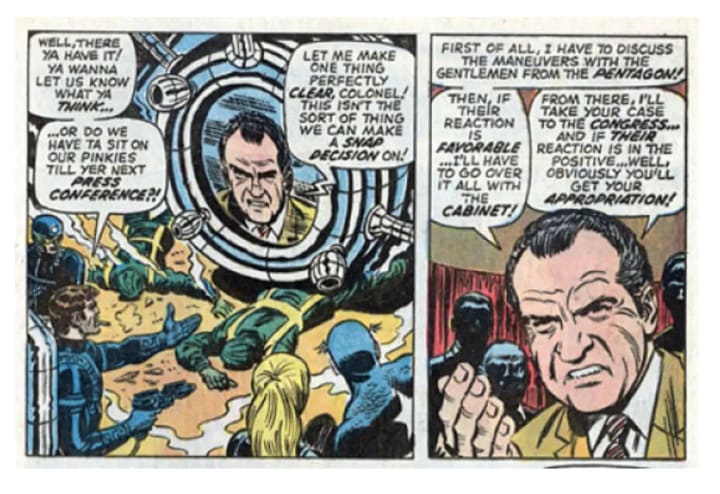
Many presidents have made an appearance in the pages of Marvel Comics but none more significant than Richard Nixon. Tricky Dick was in Captain America No. 175. The issue came out just before he resigned over the infamous Watergate scandal. In it, Cap is hunting down a corrupt government official who is attempting to enslave the entire country. In the climax of that story, the First Avenger tracks down the culprit inside the home of the President, the White House. Cap cornered him, resulting in the traitorous evildoer taking his own life.
Even though his face is never seen on a comic panel at this inevitable conclusion, writer Steve Englehart has confirmed who it really was. According to the famous scribe of superhero lore, Captain America followed a dangerous conspiracy all the way to the White House and witnessed the Commander in Chief take his own life. Englehart claimed Marvel never intervened in his creative process no matter how edgy it got, and the only reason Nixon's face was never shown was the fact that the writer censored himself not being sure if the publishing powerhouse would allow it.
About the Creator
D.J. Rivera
Short stories, articles, and lists about movies, TV shows, video games and more! Make sure to check out WrittenByDJR.com and ProducedByDJR.com. Also check out my work on Amazon Prime, Vimeo, and make sure follow me on Twitter @WrittenByDJR.






Comments
There are no comments for this story
Be the first to respond and start the conversation.